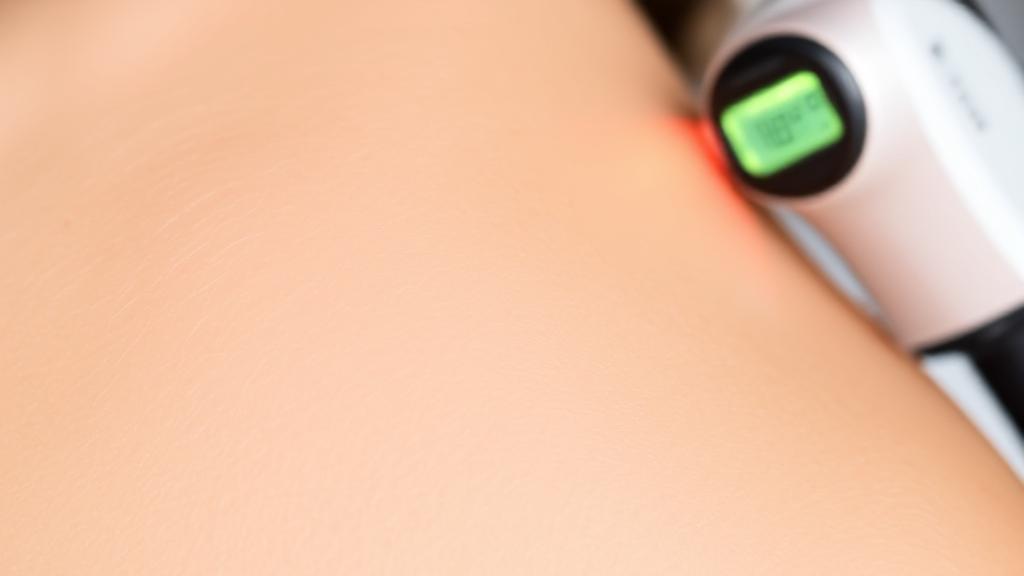Introduction to Laser Hair Removal
Laser hair removal has become a popular choice for those seeking a more permanent solution to unwanted hair. Unlike traditional methods such as shaving, waxing, or plucking, laser hair removal offers a long-term reduction in hair growth through the use of concentrated light beams that target the pigment in hair follicles.
How Laser Hair Removal Works
The procedure operates on the principle of selective photothermolysis, where the laser targets melanin in the hair follicle while leaving surrounding skin tissue unharmed. The light is absorbed by the melanin, which damages the follicle enough to inhibit future growth. For a more detailed explanation, you can refer to this resource.
The Hair Growth Cycle
Understanding the hair growth cycle is crucial for appreciating laser treatment effectiveness:
- Anagen (active growth phase)
- Catagen (transitional phase)
- Telogen (resting phase)
Laser treatment is most effective during the anagen phase, which is why multiple sessions are necessary to target all hairs at the right time.
Factors Affecting Longevity
Hair and Skin Type
The effectiveness of laser hair removal can vary based on hair and skin type. Generally, individuals with light skin and dark hair see the best results. The Fitzpatrick scale determines treatment parameters, with darker skin types requiring specialized equipment and expertise.
Hormonal Influences
Hormonal fluctuations can affect hair growth and treatment results. Common triggers include:
- Pregnancy
- Menopause
- Polycystic ovary syndrome (PCOS)
- Certain medications
Treatment Quality
Results depend heavily on:
- Equipment quality
- Practitioner expertise
- Appropriate settings for skin type
- Number of sessions completed
Expected Timeline and Results
"While laser hair removal is often marketed as permanent, it's more accurate to describe it as long-term hair reduction." - American Academy of Dermatology
| Timeline | Result |
|---|---|
| 2-3 weeks post-treatment | Initial shedding |
| 6-8 sessions | 70-90% reduction |
| 1-2 years | Maintenance may be needed |
Maintenance and Aftercare
Post-Treatment Care
Proper aftercare is crucial for maintaining results:
- Avoiding Sun Exposure: Protect treated areas from the sun
- Moisturizing: Keep the skin hydrated
- Avoiding Other Hair Removal Methods: No waxing or plucking between sessions
Follow-Up Sessions
Long-Term Cost Benefits
While initial investment is higher than traditional methods, consider the long-term savings:
- Reduced need for razors and shaving products
- Fewer waxing appointments
- Less time spent on hair removal
- Decreased risk of ingrown hairs
Professional Guidance
For optimal results, always:
- Choose a certified practitioner
- Have a thorough consultation
- Discuss realistic expectations
- Follow recommended treatment protocols
For more information, you might want to explore this guide on WebMD or visit the American Society for Dermatologic Surgery website.
